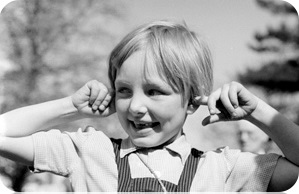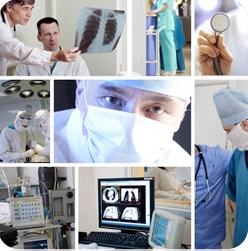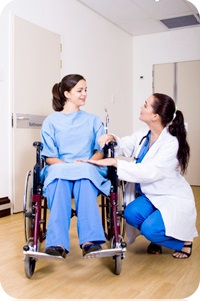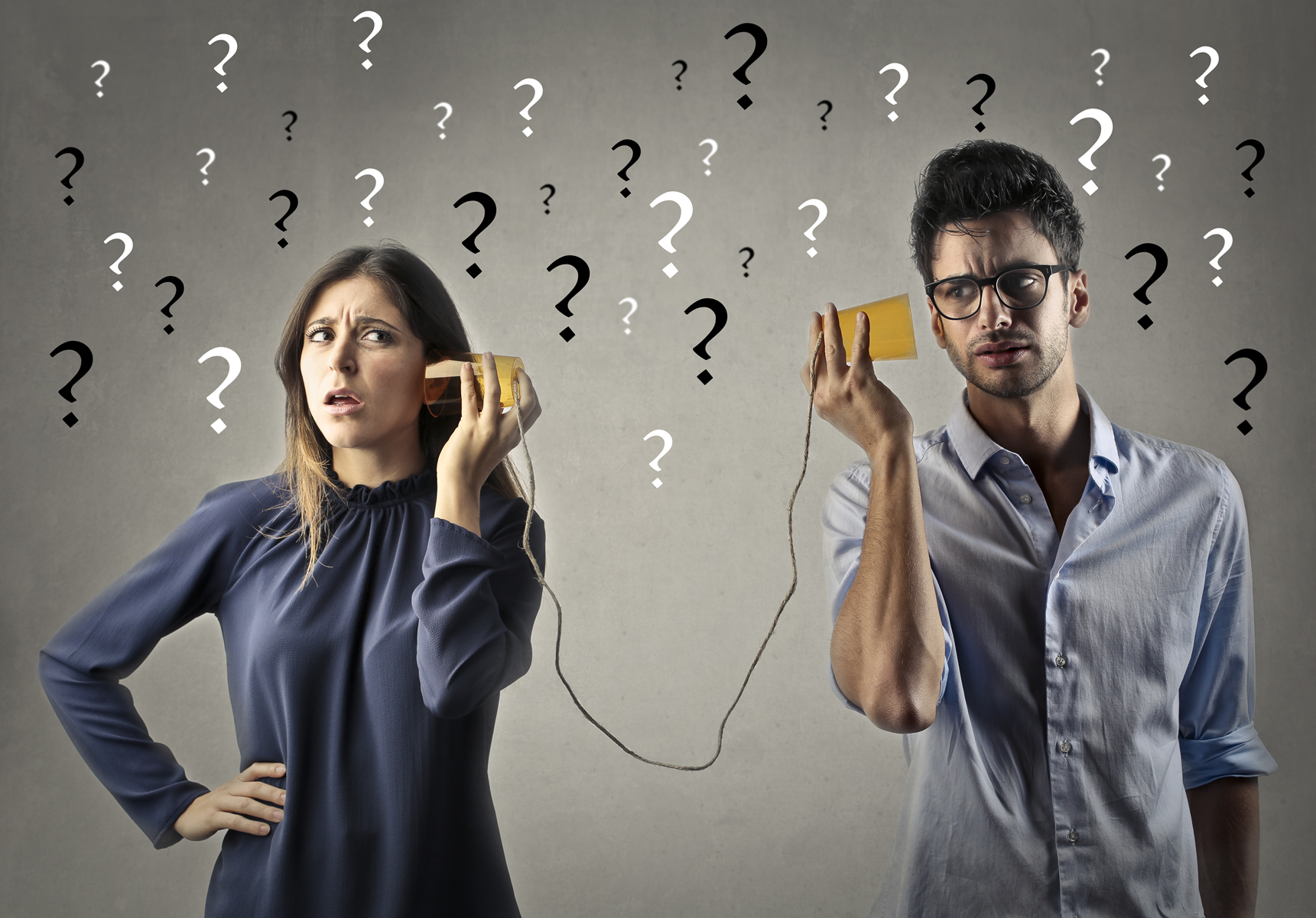Unit 7: Lesson 4: Effective vs. Ineffective Communication
Lesson 4: Effective vs. Ineffective Communication

Lesson 4: Effective vs. Ineffective Communication
Ineffective Communication?
Effective communication within the health sciences is vital. Diagnosis, treatment, and other facets of healthcare depend on effective communication to make symptoms known, to communicate a diagnosis to patients, and to create safe treatment plans for patients. Imagine the health sciences with ineffective communication: it would be dangerous for patients and ineffective for health science professionals. Doctors may get a diagnosis wrong. Patients would not receive the proper medications. Health science researchers couldn't convey their findings on a cure or a new treatment to other health science professionals.
So, what makes communication effective? Effective communication is information that is sent and received in the manner in which it was intended. In other words, effective communication means that the sender gives all the information in a way that aligns with the sender is thinking. It also suggests that the recipient of the information understands the information that the sender is giving.

Many different factors can inhibit or challenge effective communication. Some common barriers within healthcare settings include cultural differences, such as individuals who may not speak the language or misunderstandings due to different cultural understandings of words and body language. The environment can also create barriers to effective communication, such as noise, the activities of people around the interaction, distractions, and the actions of the individuals in the communication. Another type of barrier involves the mental and emotional states of the individuals in the communication. Heightened emotions, lack of motivation to listen, poor perception of what is said, and an inability to understand the words can all hinder effective communication.
Active Listening
With such barriers to communication in health science settings, what can healthcare professionals do to communicate effectively with each other and patients? One technique that is often used to improve communication and make it more effective is active listening. Active listening is a technique that involves the listener restating what the speaker has said to confirm understanding.
Active listening starts with preparation. It would help if you readied yourself to listen. Think about how often (or not) you do this. Do you regularly put down what you are doing and give your full attention to the person speaking? Most of us skimp on this. We continue to engage in other tasks or listen with 'one ear' rather than giving someone our full attention. This can cause us to misinterpret or miss information and make the speaker feel we are not paying attention to them. Preparation can include stopping other activities, reducing any distractions, acknowledging any of your emotions or feelings that may affect the conversation, and setting aside any opinions or emotions until you have heard all of what the speaker has to say.

Once the speaker begins talking, active listening focuses on what the other person is saying. This can be challenging, as we sometimes formulate our responses before we wait to hear what the person has to say. Active listening requires us to avoid this, letting the other individual speak without interruption and with our full attention. While the person is talking, you can show that you are listening by nodding or making other encouraging gestures. It can also be helpful to ensure that your body language shows you are engaged in the conversation. This can include making direct eye contact during the conversation, leaning forward slightly, and maintaining a more open body position (without crossed arms, for example).
When the speaker has finished, active listening involves following up on what the person has said and ensuring you understand what was said. To do this, you can rephrase what the person said to ensure you've understood correctly. For example, you might say, 'What I hear you saying is…' or 'It sounds like you are saying…' This is also the time to ask for clarification on any aspects you didn't understand or would like more information. For example, if you were talking to a patient, you might say, 'You mentioned that you feel sore. How would you describe the soreness? Can you show me where you are sore?'
The final part of active listening is to respond to the person and continue the conversation. Although you've listened carefully and shown the person that you understand what they said, it is essential to recognize that active listening doesn't mean you must agree with the other person. However, presenting your opinions and thoughts respectfully and honestly is critical. It is always best to treat the other person in the conversation as you would wish to be treated. This can help you open up lines of communication with that person and allow you to work through any disagreements or issues effectively.
